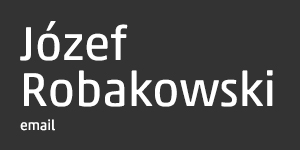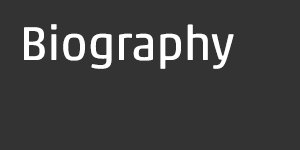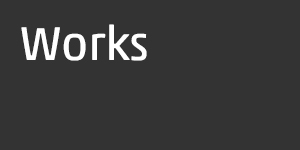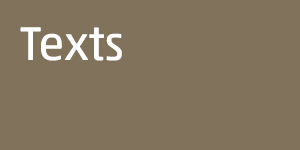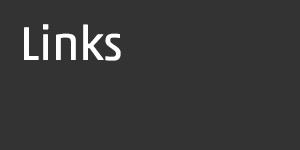Personal
An Essay on Colander, Łukasz Guzek
Józef Robakowski, Laura Barlow
8 April-15 May, Ludlow 38, New York, MAP #25, Summer 2011
The exhibition of Józef Robakowski - positioned here as a figurehead of the Polish structural film movement and key to the development of collaborative, networked artistic practice - is the product of symbiotic curatorial team Tobi
Maier and Michal Jachula. Making clever use of the compact space of Ludlow 38, particularly Martin Beck's new interior re-design featuring new nooks, shelves and seating arrangements - affectionately described as a 'long corridor' by some - Maier and Jachula have installed an extensive array of Robakowski's work to present over 40 films, shown on three television monitors, two projections and a DVD library viewing station, paintings, posters and documentary photographs that chart Robakowski's contribution to the Polish avant-garde's experiments from the 1960s on.
Inspired by the Polish and Russian Constructivists before him, Robakowski's practice is clearly determined by his desire to coalesce cinema and the visual arts. Working independently and collaboratively as part of the selforganised groups - including Zero 61 in Torun and The Workshop of the Film Form in Łódź - Robakowski sought to create a broad, 'new language' of art, disassociated with material realities and traditional narratives in literature, theatre and cinema. Technical cinematic prowess and curiosity with the physicalities of film and the camera informed Robakowski and his peers' desire to redefine film as a serious practice and a visceral medium. Despite only rare showings in the US, his films appear vaguely familiar, recalling Dan Graham, Vito Acconci, and Richard Serra. 'The War State', 1982, for instance, depicts the rolling 'body camera' attached to the filmmaker tumbling along the ground.
Robakowski's early technical agility produced the startling 'Test 1', 1971, in which light from the cinema projector blasts through holes of various sizes punched in black film leader to create a visual pop-pop-pop. Recalling Morse code or light semaphore, Polish critic Łukasz Ronduda rightly describes the technique as testing the physiology of the viewing process. The stop-motion foray of 'Market [Rynek]', 1970, transmits a similar energy. The camera, raised to reveal a bird's-eye view, records a fixed spot of an open-air market in Łódź, and the film condenses the activities of one day into just five minutes, depicting punters and stall minders as scuttling, speedy little ants. In these works, repetitive production creates similarly repetitive movements in film: varied shades and tones of light and sound are used as visual tools to carefully layer perceptive structures in new ways. Thus the unrelenting click-click-click of the wooden block in 'Market [Rynek]', Chopin's piano in 'Attention: Light!', 1981-2004, and the sampling of the Slovenian avant-garde band Laibach's 'Life is Life' (itself a cover) in 'Art is Power', 1985, are not soundtracks but integral components to that which is seen on screen.
'Attention: Light!', a collaboration with Paul Sharits and Wiesław Michalak, is a later example of these effects, and a work that deservedly warrants the larger projection space of the back gallery. Notably Robakowski's only film in colour, the work is an extraordinary combination of energy and colour: pulsing pink, red, blue and green frames are loosely syncopated with the poetic tinkling of Chopin's piano, which creates a stirring, immersive environment. This film perhaps best captures Robakowski's sought after 'purity' in film, while also indicating his close relationship to Sharits and other structural film peers in the US.
Although not political works as such, the politically tumultuous situation in Poland (exaggerated by the introduction of martial law in 1981) undoubtedly informed the shape and form of Robakowski's experimentations, the focus of which fluctuated between the individual and the collective. Staunch resistance to state-controlled cultural and intellectual stagnation acquired urgency for those individual of independent thought. But to avoid censorship or worse, alternative and protective collaborative endeavours were necessary. While 'From My Window', 1978-1999, is evidence of Robakowski's diaristic work, his curatorial activities at the Exchange Gallery - documented via photographs of exhibitions and events such as the screening of Paul Sharit's work in 1982, the realisation of the film 'The War State', 1982, and the exhibition Lochy Manhattanu, 1989 - exemplifies his collectively engaged acts of production. Robakowski's and his collaborators' most decisively political move, however, was their decision to stay in Poland.
This notion of artistic practice as political resistance (through circumstance as opposed to distinctly politically activist art) is not only present in Robakowski's work, but is significant in relation to the ideologies of the space in which it is exhibited. Thus Ludlow 38 represents a re-configured framework for presentation, not as a method of resisting the art world constructs, but as a way to work around obstacles in a productive manner and to generate new forms of production. This exhibition can be considered a gesture of thanks to Robakowski's accomplishments, but it doesn't necessarily reflect a collective desire to cling to or sentimentally historicise the recent past. Rather, it is a statement on the sustained emprise of artists whose presence at this nonmuseum project space is beautifully apt. Robakowski skirted art world systems throughout his career, and this exhibition questions the very meaning of 'retrospective', all the while breathing integrity into current practices still dealing with the same core ideologies: collaboration, technical experimentation, and the challenging national and geopolitical status quo.
Laura Barlow is a writer and curator based in New York
